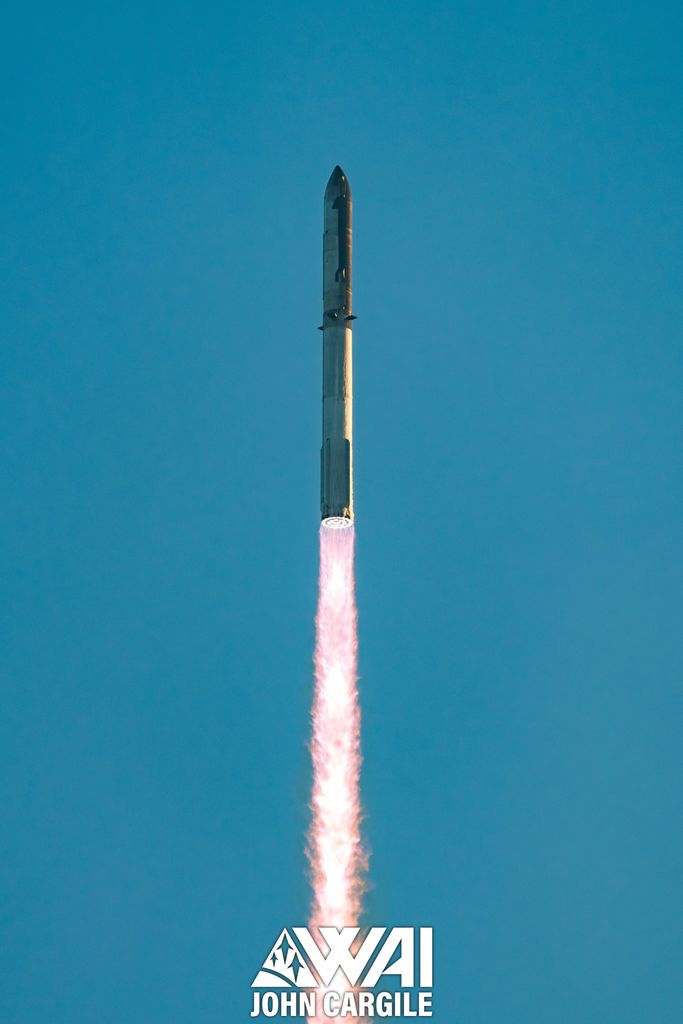p/c WAI – John Cargile
In the dim glow of his studio, the sculptor stood before a vast expanse of pristine clay, lost in thought. His mind danced with visions of what he would create—a masterpiece that would captivate hearts and minds, a testament to his skill and vision. Yet, before his hands could shape the clay, there were crucial steps to take, like preparing the raw material before the artistry could begin.
As he contemplated the sculpture taking form in his mind’s eye, he pondered the perspectives he would bring to his creation. Each angle, each curve held significance, and he knew that his vision would resonate differently with each observer. He envisioned the awe in their eyes, the whispers of admiration as they saw his work.
But this sculpture would be unlike any he had attempted before—it would be monumental, stretching skyward in grandeur. The clay alone would not suffice; he would need the finest materials that could withstand the test of time. Yet, the cost of these materials weighed heavily on his mind. It was a venture that would require more than just his own resources.
Thus, he embarked on a journey to seek investors—patrons who believed in his vision and were willing to invest in its realization. With their support, he would procure the materials necessary to bring his creation to life. But it was not just financial backing he sought; he needed a team of skilled artisans who would join him on this sculpting journey.
Finding the right team was no small feat. Each member would bring their own expertise and perspective, enriching the project with their unique talents. Yet, it was not just a matter of talent—they would need to share his passion and commitment, willing to sacrifice their own pursuits to see the vision through.
And so, he set out to assemble his team, each member drawn by the promise of being part of something extraordinary. Yet, he knew that their dedication could not go unrewarded. He would provide for them, ensuring they had the means to sustain themselves as they poured their hearts and souls into the project.
With each detail meticulously planned, he secured a space large enough to accommodate the monumental sculpture, a blank canvas upon which his vision would take shape. And in his heart, he held onto the hope that there would be a patron waiting in the wings, eager to claim his creation as their own. A customer.
As he surveyed the clay before him, he saw not just a mound of earth, but the embodiment of possibility—the first step in a journey that would culminate in something truly extraordinary.
With determination burning bright in his eyes, the sculptor began to mold the clay, each touch infused with passion and purpose. He knew that before the sculpture could stand tall, it must first be brought to life in the fertile soil of his imagination.
Sound familiar?
If you launch a new idea, a new project, a new company, or a new rocket…you’re the sculptor. You alone see your vision. To see this new vision come to life, you will need to gather others, inspire them, challenge them, and ultimately organize your new team toward the goal of making your vision a reality.
It won’t be easy. Great things never are. You’ll risk failure at every turn. You’ll have to overcome challenges you never knew existed.
But you’ll never achieve meaningful success in your project (whatever it is) without taking the risk, making the clay, gathering your team, and ultimately bringing your vision to life.
I have one favor to ask: If you like this content and think someone else will like it as well, please forward this post to them.


